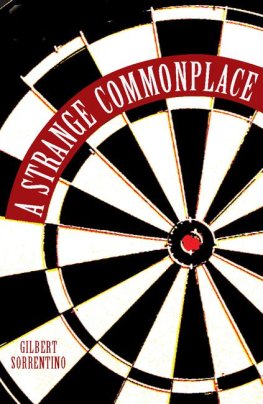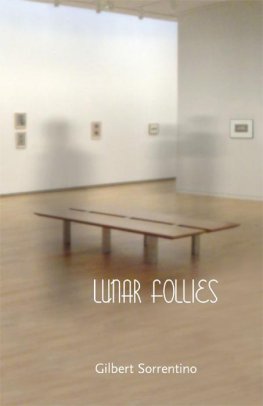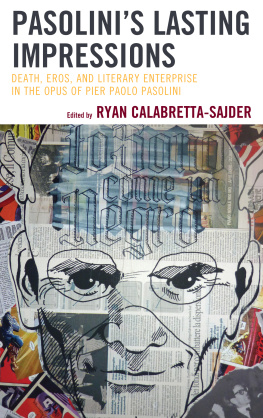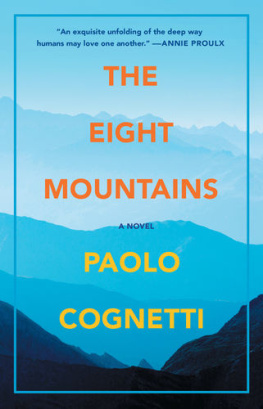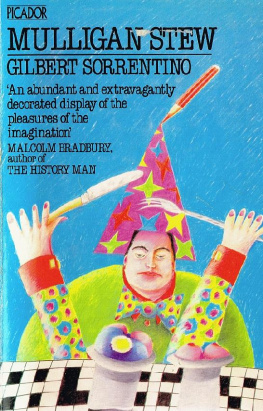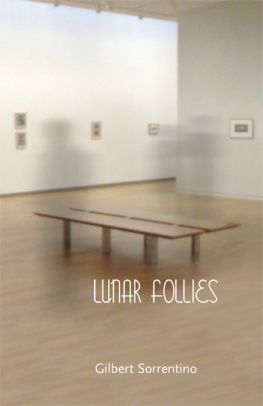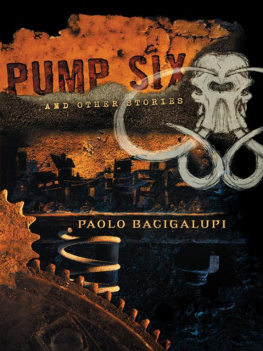Table of Contents
the cinema of PAOLO SORRENTINO
DIRECTORS CUTS
Directors Cuts
Directors Cuts focus on the work of the most significant contemporary international filmmakers, illuminating the creative dynamics of world cinema.
For a full list of titles, see .
the cinema of
PAOLO SORRENTINO
commitment to style
Wallflower Press is an imprint of Columbia University Press.
Columbia University Press
Publishers Since 1893
New York Chichester, West Sussex
cup.columbia.edu
Copyright 2020 Columbia University Press
All rights reserved
E-ISBN 978-0-231-54862-5
Library of Congress Cataloging-in-Publication Data
Names: Kilbourn, Russell J. A. (Russell James Angus), 1964 author.
Title: The cinema of Paolo Sorrentino : commitment to style / Russell J. A. Kilbourn.
Description: New York : Wallflower Press, [2020] | Series: Directors cuts | Includes bibliographical references and index.
Identifiers: LCCN 2019046912 (print) | LCCN 2019046913 (ebook) | ISBN 9780231189927 (cloth) | ISBN 9780231189934 (paperback) | ISBN 9780231548625 (ebook)
Subjects: LCSH: Sorrentino, PaoloCriticism and interpretation.
Classification: LCC PN1998.3.S623 K55 2020 (print) | LCC PN1998.3.S623 (ebook) | DDC 791.4302/33092dc23
LC record available at https://lccn.loc.gov/2019046912
LC ebook record available at https://lccn.loc.gov/2019046913
A Columbia University Press E-book.
CUP would be pleased to hear about your reading experience with this e-book at .
Cover image: Photo 12/Alamy Stock Photo
To my mother
CONTENTS
IN KEEPING WITH the settings of some of Sorrentinos best-known films, this book came into being between Venice, where my wife, Sandra Parmegiani, first suggested it, and Rome, at a 2017 conference at the American University on Innovations and Tensions: Italian Cinema and Media in a Global World. Not only did I receive invaluable feedback on early versions of certain chapters, I also made the acquaintance of a wonderful group of talented and cosmopolitan people from around the world. I therefore thank my colleagues in the field of Italian film and media studies: Chiara Mariani, Flavia Laviosa, Dana Renga, Catherine ORawe, Alan OLeary, Alex Marlow-Mann, Frank Burke, Marguerite Waller, Danielle Hipkins, and Nicoletta Marini-Maio. Without their individual and collective advice and inspiration, this book would not only lack altogether a chapter on Loro, it would simply not exist. If it already also lacks a chapter or two on even newer material, then we can only thank Sorrentino the filmmaker for continuing to be so prolific, provocative, and engaged.
I also thank the editorial team at Columbia University Press, who present a model of professionalism and ongoing support for film studies as a discipline whose insights have a greater urgency today then ever before.
I gratefully acknowledge that the financial support for the research for this book was received from a grant funded by Wilfrid Laurier Universitys Office of the Dean of Arts and Faculty of Graduate Studies and Research.
Melancholy, nostalgia, and the relationship with solitude. These are the dominant themes that traverse all my films.
Paolo Sorrentino, interview with Alain Elkann
IT WOULD BE easy to proclaim Italian director Paolo Sorrentino the answer to the decades-long dearth in Italian cinema of anything resembling a grande auteura cinematic authorial presence in the tradition of Fellini, Antonioni, Rossellini, De Sica, Visconti, Pasolini, Bertolucci, and others, all male. The present book addresses this lack of attentionmore pronounced in the critical literature than in the popular discourse, and in English rather than in Italianconsidering Sorrentino as both a leading Italian director and as a representative twenty-first-century Euro-transnational filmmaker. The designation of transnational, it must be said, applies equally to the style and to the diegetic content of his cinema and television work. In this book therefore I focus as much on the meaning and value of Sorrentinos allegedly mannered audio-visual style as on the content of his films diverse stories. As will be explored at length, these stories, and the distinctive manner of their telling, are linked in complex ways through the protagonist in each case, representing a series of variations on what I call the Sorrentinian subject.
My approach in this book therefore draws equally from this rich branch of feminist-infused poststructuralist theory and the kind of post-Marxist ideological critique typical of cultural studies. It goes beyond both, however, insofar as the former in its psychoanalytic guise is too prone to reducing every film narrative to an allegory of the Oedipal family romance, and every female body to a cipher for castration anxiety; the latter (cultural studies), for its part, tends to deprivilege film form in favor of story content as the basis of an insufficiently critical view of realism. In film, after all, any so-called unconscious dimension, like everything else, is right on the surface.
is always reducible to some kind of visual-cognitive-emotional structure, which Smith helpfully addresses in the dyad of allegiance vs. alignment. Marlow-Mann makes effective use of Smiths categories in his groundbreaking readings of Sorrentinos first films, connecting their complex manipulation of the viewers cognitive and/or emotional engagement with this or that character to the directors penchant for recurring character types, or what I refer to as the Sorrentinian subject:
One of the most immediately obvious characteristics of [Sorrentinos] work is a penchant for ambiguous or downright unsympathetic protagonists, and [his] decision to make a film on such an ambivalent and oft-despised figure as Giulio Andreotti instantiates a tendency that began with his portrayal of the arrogant, self-absorbed, middle-aged pop singer with a predilection for cocaine and casual sex, Tony Pisapia, in his debut, Luomo in pi. The extent to which the spectator is, or is not, encouraged to identify with such atypical protagonists constitutes one of the most unusual and distinctive elements of Sorrentinos films.
Questions of spectatorial identification or engagement are tied up with the viewers identity, especially with respect to gender construed in conventional binaristic terms. Therefore, as unfashionable as it may sound, it is necessary to grapple with the question of realism in any critical appraisal of Sorrentinos cinema.
Beyond Realism: Toward a Cinematic Ethics
Analogously, every Italian filmmaker since has had to face this double challenge, at once negotiating and balancing the internal legacy of neorealism and the external demands of the global marketplace. Sorrentino is a recent, spectacular, and particularly successful example.


